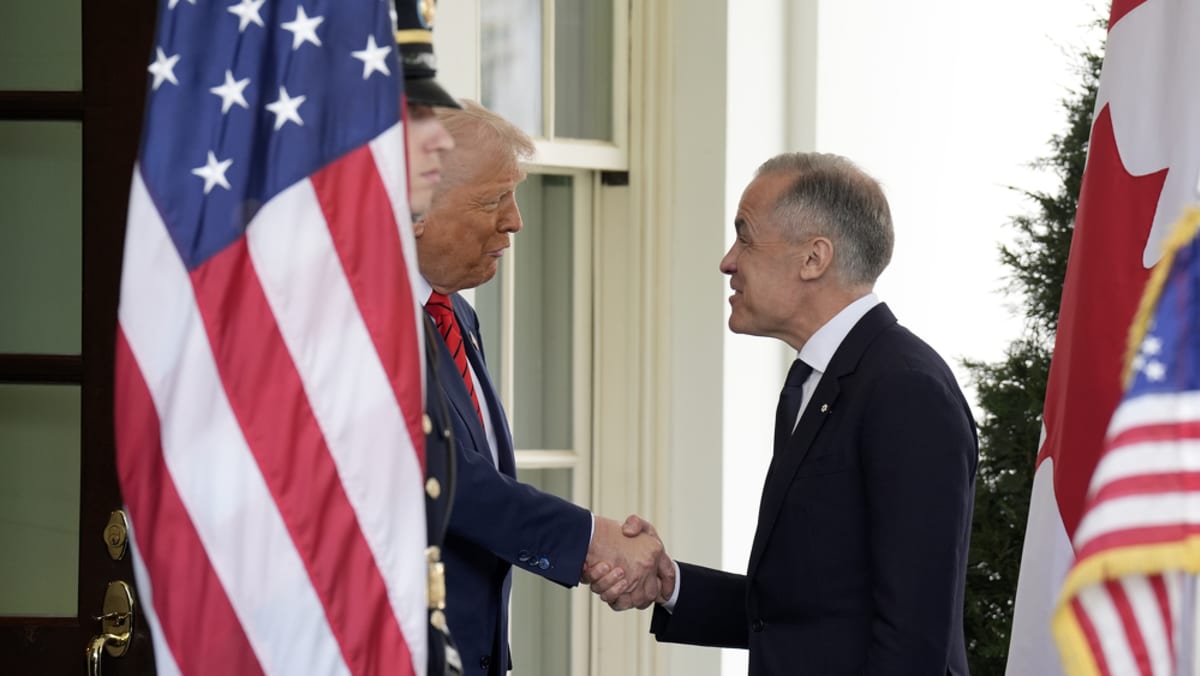During the election campaign, automakers were offered a reprieve, provided they maintained production and investment in Canada.
This was outlined on May 7 in the Canada Gazette, the government’s official newspaper, along with a pause on tariffs on products used in food and beverage processing and packaging, health, manufacturing, national security and public safety.
The moves went mostly unnoticed until Oxford Economics said in a report this week that the exemptions covered so many categories of products that the tariffs rate against the United States was effectively dropped to “nearly zero”.
Opposition leader Pierre Poilievre pounced on the claim, cited in the media, to accuse Carney of having “quietly dropped retaliatory tariffs to ‘nearly zero’ without telling anyone”.
Champagne called those assertions falsehoods.
“To retaliate against US tariffs, Canada launched its largest-ever response – including CA$60B of tariffs on end-use goods. 70 per cent of those tariffs are still in place,” he said on X.
Canada’s counter tariffs, his office told AFP, were “calibrated to respond to the US while limiting economic harm to Canada”.
Tariff relief was provided for six months to give some Canadian companies “more time to adjust their supply chains and become less dependent on US suppliers”, Champagne spokesperson Audrey Milette said.
Canada continues to charge tariffs on roughly CA$43 billion (US$31 billion) of US goods, she added.
The nation of 41 million people sends three-quarters of its exports to the United States, and the latest jobs report shows tariffs imposed by Trump are already damaging the Canadian economy.
The US president has slapped general tariffs of 25 per cent on Canada as well as sector-specific levies on autos, steel and aluminium, but he has suspended some of them pending negotiations.
